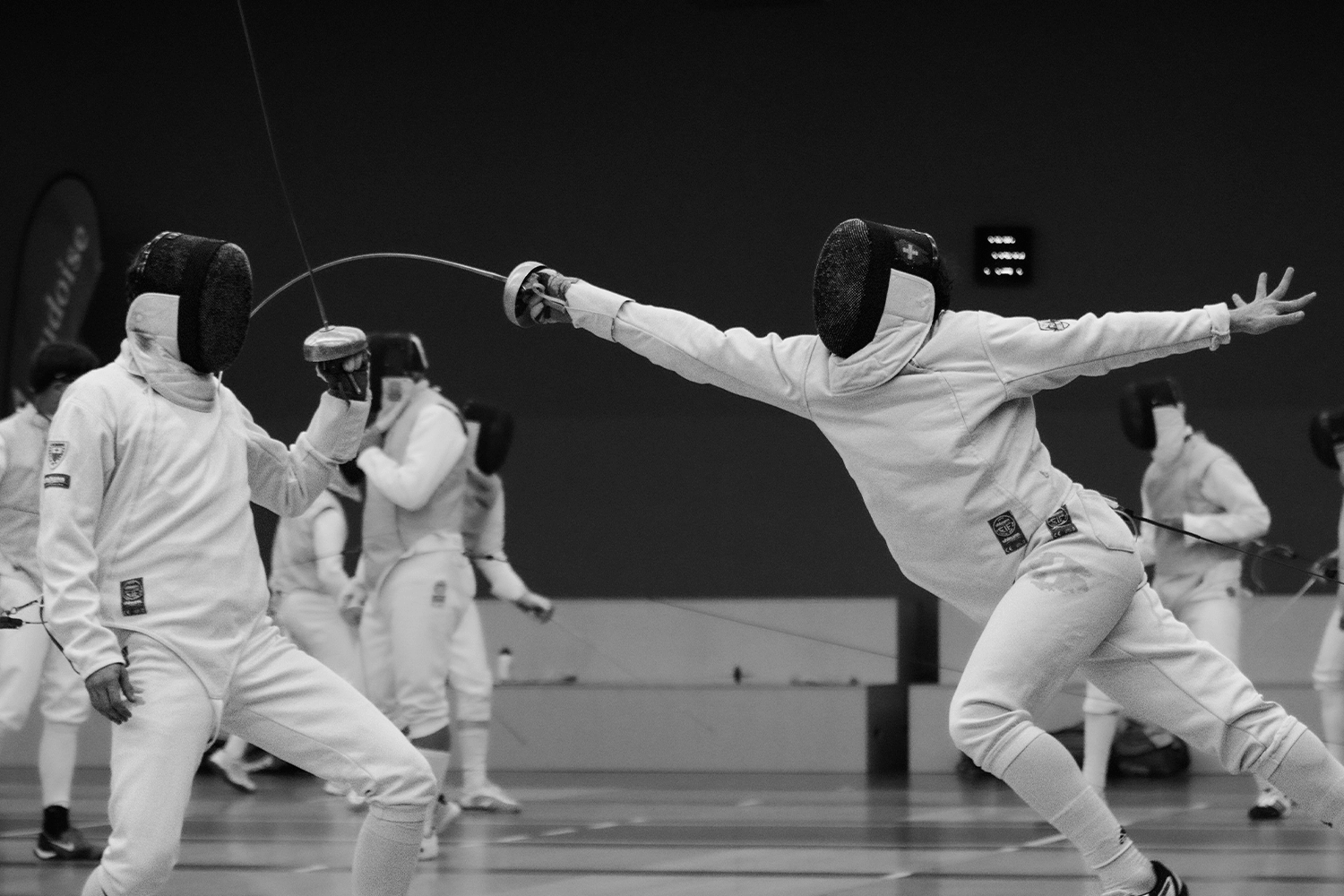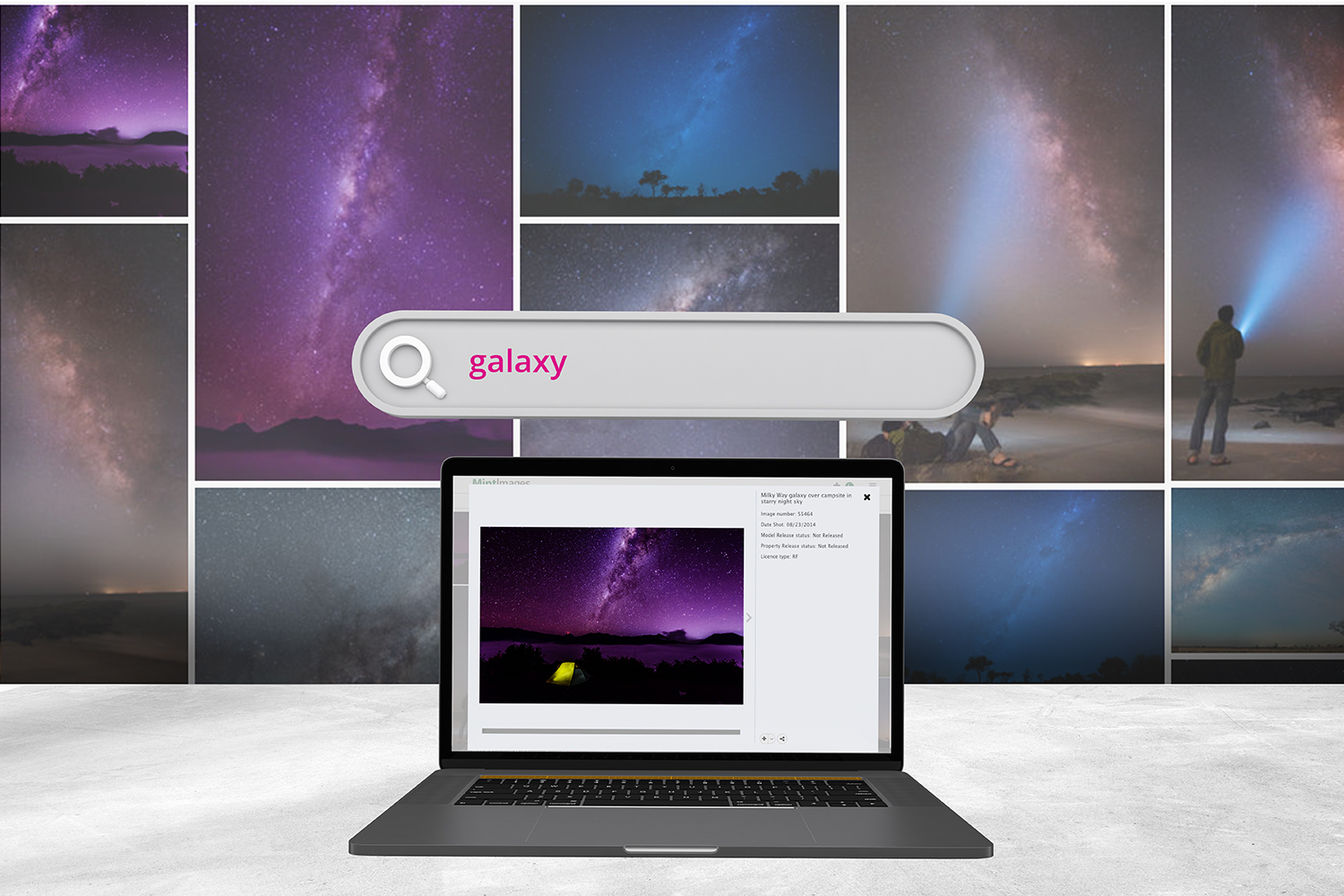In today’s digital age, sports organisations have a unique opportunity to deepen fan engagement, expand their audience and generate revenue, whether through social media, owned and operated channels or commercial partnerships.
A huge volume of media content is being produced, yet it’s becoming increasingly challenging for sports organisations to manage, distribute, and maximise the value of their assets.
The reasons for this are myriad. It could be the sheer amount of time spent finding and scrubbing through hours of footage for the perfect clip is too great. Sometimes it’s vast, unsearchable silos of photographs that are preventing discovery.
Increasingly, we’re finding that media professionals are spending time they don’t have trying to surface the content they need.
If football is a game of inches, media distribution in a live environment is a game of seconds. The need for rapid distribution of content, whether to internal or external parties, cannot be understated. Capitalising on engagement around a trending hashtag, a record-breaking performance or even a meme-able blunder means giving your marketers, sponsors and influencers the right media at the right moment. It requires agility, and accessibility.
And once the live event is long gone, what then? Where does all this media go? For many entities, the ‘archive’ is a disparate collection of indexless hard-drives, un-searchable cloud storage folders and personal desktops. The right technology allows you to maximise the value of legacy content that would otherwise have sat dormant.
Advances in technology, from cloud-storage to artificial intelligence (AI) are improving workflows and efficiencies for media professionals in the sports sector at an incredible rate. They’re unlocking new revenue streams, saving costs, driving efficiencies and improving workflows. They’re making life easier for the people utilising them.
Traditionally, the benefits of this cutting-edge technology have been limited to sports organisations with vast resources and deep pockets.
That’s going to change.

Experts or robots?
You can’t have a forward-thinking conversation about technology and the sports sector without discussing artificial intelligence.
Facial recognition can pick out your star athletes from thousands of archive photographs. Image recognition technology can be used to identify and tag specific moments in video content, making it easier to find, clip and repurpose key highlights for multiple use cases. AI can undoubtably help to automate time-consuming and repetitive tasks and streamline workflows.
But that ready made scenario only applies if you’re working with content filled with globally recognised sporting megastars. If you’re not auto-tagging Lionel Messi and Serena Williams, you’re going to have to painstakingly teach your system to recognise your athletes, year after year.
Off the bat, AI isn’t going to know the visual difference between breast-stroke and butterfly, Judo and Karate, mountain-bike and BMX. The machine has to learn – and it will be fallible.
At some point in the application of AI technology, particularly if your sport falls outside of the top tier of sporting events, a human – whether teacher or overseer – is crucial to realising the value of the output.

How to maximise value with media management
It then becomes a question of whether you are leveraging the technology because it is clever, cost-effective, appropriate and genuinely going to impact on the efficiency of your workflows or because it’s the latest trend. The people that can advise you on this query aren’t the same experts that are (barely) holding on to the reins of runaway AI tech. They’re experts in media management.
Effective media management is key to unlocking the value of digital assets. Whether it’s rapid distribution of live or near-live media or efficiently leveraging archive assets, having the right tools to manage, organise, and distribute your media is crucial. Without effective media management, sports organisations can struggle to capitalise on the full value of their assets.
One recent example of how technology can improve a live media workflow is the ongoing use of split-second photography technology by the All England Lawn Tennis Club (AELTC) during Wimbledon
If you know where your photographers are, and which match they’re shooting – do you need facial recognition to tell you this is Nadal v Fritz in the quarter-finals? Do you need AI, or smart automations?
In July 2022, an official Wimbledon picture taken at 18:47:23 was editor-approved, published and distributed by 18:48:10 – a staggering 47 seconds between shutter click and social media shareable. It was posted to the official Wimbledon Twitter account by 18:49.
This. Match. #Wimbledon | #CentreCourt100 pic.twitter.com/SOdKSP8BJW
— Wimbledon (@Wimbledon) July 6, 2022
The photography team were able to focus on shooting the best images, confident that seconds later, they would be manually approved and distributed, complete with automated captions, metadata, attributions and tags.
Throughout the competition, the images are further curated, categorised and pushed out to sub-groups like sponsors or influencers. After the Championships have finished, tens of thousands of images are then moved to the archive – including all the shots initially rejected in the approvals process. Metadata is enhanced, searchability is elevated, insights are gathered to drive continuous improvement. The assets aren’t lost to the ages. They become part of Wimbledon’s digital legacy.
Effective media management drives outcomes
The ability to efficiently manage, distribute and monetise digital assets is becoming increasingly important, and Digital Asset Management (DAM) software offers an effective solution. And if you pick the right technology partner, it can democratise the benefits of the digital transformation of sport.
DAM software provides several benefits, including easy access and sharing of content, allowing users to quickly and easily find and retrieve the assets they need. It also enables collaboration across teams, departments, and even organisations, allowing for seamless asset sharing and distribution. All of this occurs within a pre-determined framework of permissions and accessibility, defined by the user.
Until you know which AI technology is going to offer you the most bang-for-your-buck, it should be an add-on to your media strategy, not the foundation of it. It pays to see what you can accomplish with a good media management strategy and a DAM. Integrating with AI should always be phase two.
Maybe by then, you’ll know whether Optical Character Recognition from your team kits will be more reliable than Facial Recognition. Maybe you’ll know how accurately computer vision and machine learning (ML) can clip the key moments in your sport. You’ll certainly know where the true bottlenecks in your workflows are, and can integrate the right AI to address them.
With the right tools and strategies, sports organisations of all sizes can benefit from this digital media revolution. Capitalising on the right technology solution for your business can create a more engaging and immersive experience for your fans and greater return on investment for your sponsors. Ultimately, it can drive greater value for rights-holders, whether that’s through workflow efficiencies, time and cost-savings, or even unlocked revenue potential.
See the original article on SportsPro Media. See more information on our tailored media management platform for Sports.
Related Articles
Sign up to get all the latest news & advice from the team
"*" indicates required fields



